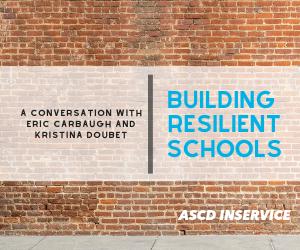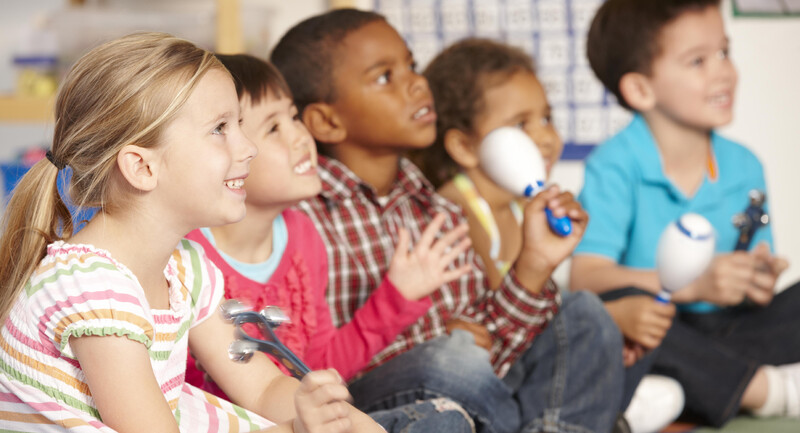With an unprecedented mental health crisis resulting from the ongoing pandemic, social-emotional learning (SEL) remains at the forefront of school systems’ work to ensure students’ health, safety, and well-being.
Below are eight strategies (and linked resources) for successful SEL implementation to share with your colleagues from thought leaders in the ASCD community.
As system leaders, start by assessing your own social and emotional well-being. What are your areas of strength and growth? The more self-aware you are, the better you’ll be able to support everyone around you. Once you’ve done this inner work, there are four key ways to build SEL capacity: 1) Use data (e.g., from school climate surveys and focus groups) to guide your systemwide approach to SEL. 2) Find ways to involve stakeholders in your decision-making—within your schools and across the wider community. 3) Set clear, attainable goals up-front to guide implementation and measure success. 4) Choose an approach that addresses the whole child.
Build a shared understanding across all your stakeholder groups about the integral role of SEL in your school system. Leading with SEL for cultural and academic change serves as the foundation for strategic, systemwide improvement. School leaders who have been successful with systemwide SEL say that it’s crucial to invest on the front end to see results on the back end. Research from Columbia University finds that for every $1 spent on effective SEL programs, the return on investment is $11 in long-term health and safety benefits.
We know that student discussion deepens learning and engagement. Class talk is also an effective strategy for dealing with emotional challenges and the change and uncertainty that today’s students are experiencing from the pandemic. For young learners, talking about books can help them gain some distance from their own emotions and understand others' experiences. For older students, teachers can create environments to invite talk. Using sentence starters gives permission and structure for students to share their emotions. As students practice with sentence starters, they start to move out of difficult emotions and develop the self-advocacy to navigate challenge and change.
For students to be ready for success in life, we need to integrate SEL skills as a key part of our teaching, in our assessment, and in our school culture. Prepare your students for a constantly changing future by helping them develop these five essential SEL skills: empathy, self-control, integrity, embracing diversity, and grit.
As we navigate new challenges, intrinsic motivation is more important than ever—for teachers, leaders, and students. Intrinsic motivation originates from within us. One way to stay motivated is to focus on growth. When educators and students reflect on their journey and look closely at the gains they have made, they’re more motivated to handle what comes next. Work to intentionally foster a growth mindset in your teaching and leading.
Modeling plays an important role in any aspect of learning. When implementing systemwide SEL, an important component is to create a vibrant, active SEL learning community that looks at all learning with an SEL lens. In this community, leaders and teachers develop their own SEL skills. They benefit from frequent opportunities to reflect, share, and ask questions. They practice active listening and learn how best to interact with one another. As the educators in your learning community develop these SEL skills, they can begin to model how students can do the same.
One Georgia school system learned that “educational equity was, and is, an adult issue.” This truth led them to prioritize self-awareness as a key to exploring personal and cultural identities and uncovering learned prejudices and implicit biases—even if unintended. They learned how to use SEL to support the whole child and as the basis for school policy and practice. Their success speaks to the crucial role of SEL in helping reduce racial disparities and creating learning environments that support healing for all students.
There are strong ties between mattering and self-efficacy, change, culture, and organizational health—all keys to successful, systemwide SEL. While it seems obvious, making sure your team knows how much they matter might be low on your list of priorities. Research shows the significance of “mattering,” as it can lead to lower stress and lower levels of depression while improving overall teacher efficacy.
Ensuring successful approaches to SEL is a crucial yet challenging endeavor for school systems. The strategies outlined here can help guide your thinking. Read the full articles and watch the videos to help you create a safe and healthy school environment that prioritizes the well-being of your students and educators.
Share with Your Colleagues!
Download a PDF of "Eight Powerful Strategies to Build Systemwide SEL."








